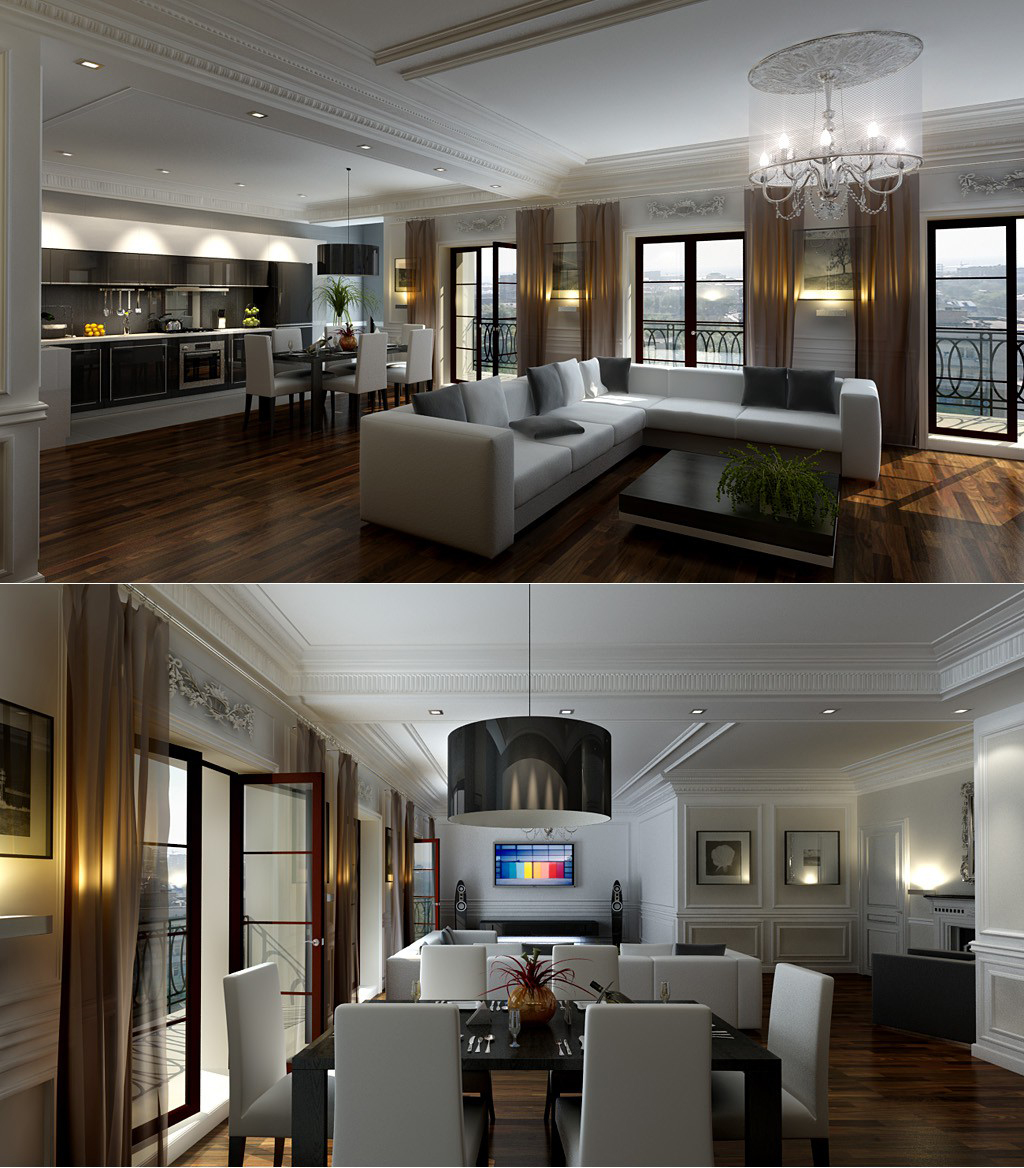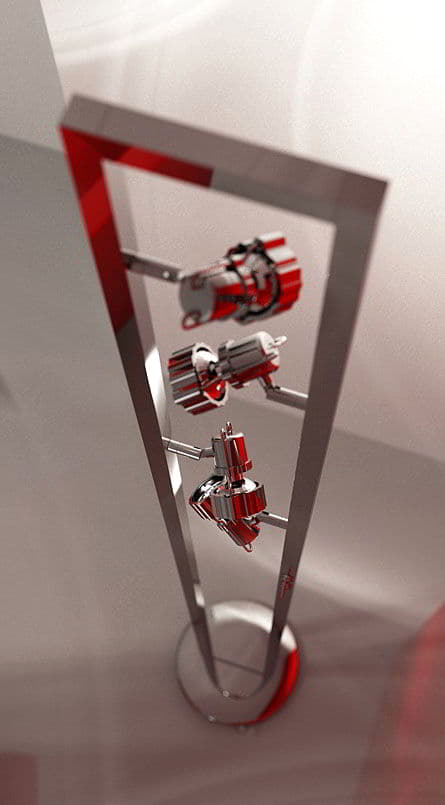3d Max Vray Ies Light
3ds max is one of many 3d softwares that use IES lights (Illumintating Enginering Society). 3dsmax allows you to use external Photometric Web files. A Photometric Web is a 3D representation of the light intensity distribution of a light source. Go to Create Panel, click on Lights and select Photometric Lights from the drop-down list, then click on any one of the lights and put it in the scene(it doesn’t work with IES sun and IES sky) and pllace the lights properly at desired locations, I prefer to use Target Point. With the Light selected, go to Modify Panel and set Distribution from “Isotropic” to “Web”, you can find this parameter on the Intensity/Color/Distribution rollout. Now, we must tell to 3ds max that we gonna use an external IES light. When you select the distributin method to “Web”, a new parameter rollout will appear called by “Web Parameters”.
In that click on the button called Web file. Look for the IES file you wanna use and open it. Finally, set the parameters according to your needs. Cheers and enjoy it!
:::::::: Lights: IES Lights VRay for SketchUp New Features VRay for SketchUp New Features Guide Lights: IES Lights IES Light: This V-Ray for SketchUp new light type can be used to load and render real-world light distribution profile files (IES files - Illuminating Engineering Society). The icon is located in the V-Ray main toolbar. Parameters Enabled: Turns on or off the IES lights. Shadows: Turns on or off the IES shadows. Soft Shadow: This causes the light to take into account the information about the light shape in the IES file (if there is any shape defined) so that it produces proper soft shadows.
Shadow Color: Determines the color of the shadows. Shadow Bias: Bias moves the shadow toward or away from the shadow-casting object (or objects). If the Bias value is too low, shadows can 'leak' through places they shouldn’t, produce more patterns, or make out-of-place dark areas on meshes. If Bias is too high, shadows can 'detach' from an object. If the Bias value is too extreme in either direction, shadows might not render at all. Shadow Subdivs: This value controls the number of samples V-Ray takes to compute lighting (the quality of the shadows). Lower values mean more noisy results, but will render faster.
Higher values produce smoother results but take more time. Note that the actual number of samples also depends on the DMC Sampler settings. File (picker): Allows you to load the IES file that defines the light distribution. Filter Color: This parameter determines the color of the light.
Photon Subdivs: This value is used by V-Ray when calculating the Global Photon Map. Lower values mean more noisy results, but will render faster. Higher values produce smoother results but take more time. Affect Diffuse: This determines whether the light is affecting the diffuse properties of the materials. Affect Specular: This determines whether the light is affecting the specular of the materials.
Area Speculars: When this option is Off, the particular light will be rendered as a point light in the specular reflections. Power: Determines the intensity of the light in lumens.

A typical 100W electric bulb emits about 1500 lumens of light. Cutoff Threshold: This parameter specifies a threshold for the light intensity, below which the light will not be computed. This can be useful in scenes with many lights, where you want to limit the effect of the lights to some distance around them. Larger values cut away more from the light; lower values make the light range larger. If you specify 0.0, the light will be calculated for all surfaces. Caustic Subdivs: This option controls the amount of photons that V-Ray will trace to estimate caustics (quality of the caustics).

Vray For Max
Large numbers slow down the calculation of the caustics photon map and may take more memory. Bumped Below Surface: This is used for cases where the light shines on surfaces with extreme bump mapping. For such surfaces, it is possible that the bump map will turn the surface normal towards the light, even though the light shines on the back of the surface. The light option defines whether such portions of the material will be lit or not. How to use IES Lights: 1. Click on the IES light icon to add a V-Ray IES light to your scene.
Click on the scene to select the location of the IES light. Right click on the IES light, select V-Ray for SketchUp and then 'Edit light'. Click on 'File' to load an IES file from your hard drive. At this point you can adjust the setting of the IES light to get your desired effect. For example, if you are using the Physical Camera you might have to increase the power to make the light visible. Also you can change the 'Filter Color' to control the color of the light.
Render your scene. Tips: The unit for the V-Ray IES light is in lumens and a typical 100W electric bulb emits about 1500 lumens of light. For this reason when you are using the physical camera you might use a very high value. The physical camera will control the exposure of the sun and also reduce the brightness of every other type of light.
Once you created an IES light you have to scale the icon to your desired position. Remember the lower part of the cone is the light emitter. Do not close that part inside of the other surface because you can hide the IES light. Skatter for SketchUp Skatter for SketchUp Rendering by Brice Desportes The Smart SketchUp Plugin For Scattering Populate your scenes with UNLIMITED Vegetation with TOTAL CONTROL all while SAVING TIME and never leave SKETCHUP! Skatter is Your Best Friend From small carpets in a living room to large scale forests, Skatter is designed to help you achieve the final look fast and easy.
Render Unlimited Amounts of Objects Through its 'Render only' feature, Skatter sends all the scattering information directly to the render engines, bypassing Sketchup. That way, you keep a lightweight and responsive file while still being able to render huge amounts of objects.

Rendering by Mads Bjerre Olesen. V-Ray Newsletter Renderings by Dennis Brunn Subscribe to our V-Ray Newsletter Subscribe to our V-Ray Newsletter and receive new V-Ray product announcements, special sales, tutorial updates and more! Brought to you by Visual Dynamics ® LLC.
Your email address is never shared and is always kept strictly confidential. Each newsletter that we send always has a single click unsubscribe link so that you can unsubscribe at any time if you decide that you wish to do so.
Your email address:. Enter the security code shown: Your cart News.